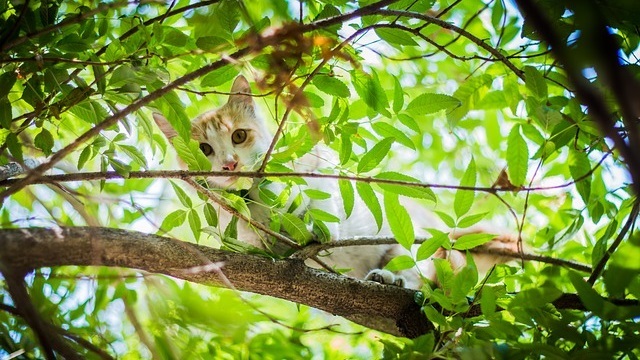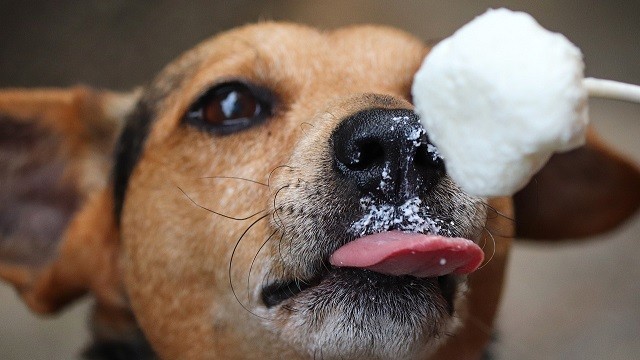Welcoming a new puppy home is the starting point to many joyful moments and wonderful stories… But it also comes with some challenges! Puppy potty training is one of them. Don’t worry about it though, we’re here to teach you how to potty train a puppy!
Let’s face it, you can’t expect for your new pup to know the house rules when it comes to toileting. In the beginning, it is likely that you’ll find some “presents” laying around the house.
Not to worry! We have tips to help you tackle this and make puppy potty training an easier task.
There are different approaches to this training, and you should consider what best fits your availability. Regardless of the method you choose, patience and commitment are mandatory. These are key in building a healthy and lifelong relationship with your new puppy, and will influence many aspects of puppy potty training.
So what can you do? Let’s get into how to potty train a puppy.
Identifying the signs
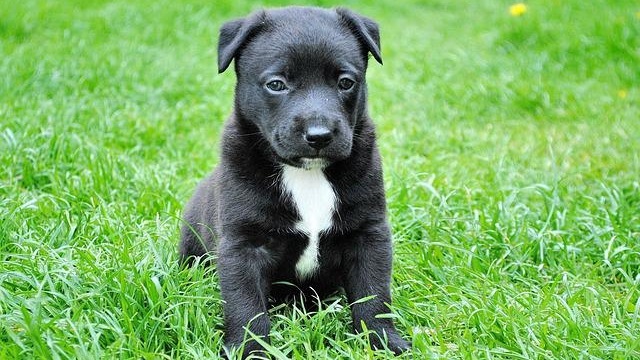
It is important that you spend some time observing your puppy and get acquainted with their behavior. Specifically, the signals they give when they need to go for a wee or a poo. They can get restless, walking and sniffing around, whining or scratching the floor or a door… If you notice these behaviors, then it’s time to go!
Depending on their size and temperament, some puppies may hold it in longer than others. That means some puppies may require more guidance regarding when and where to go to the toilet.
Ideally, they should be trained to hold it in and go to the toilet outdoors. However, this is not always possible, and some puppies may need to learn where to do it at home. The good thing about this is that you can choose where they should go!
A dog crate can help
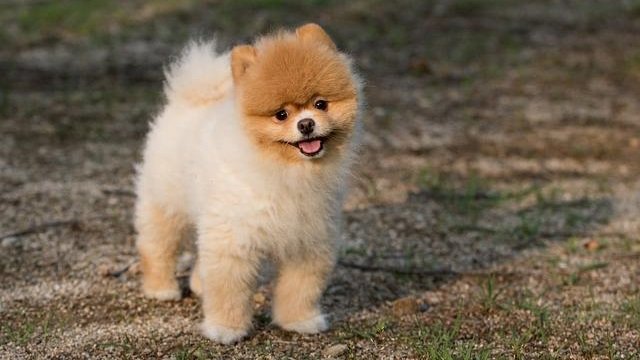
Dogs are usually clean creatures – they seek clean and safe spaces to rest and sleep. For housetraining, you can consider using a dog crate! These may require some space at home, as crates should be large enough to allow your puppy to stand and change position comfortably. They are helpful to teach puppies to keep the house space free from any smelly surprises, and be their place of comfort.
When it’s time to go
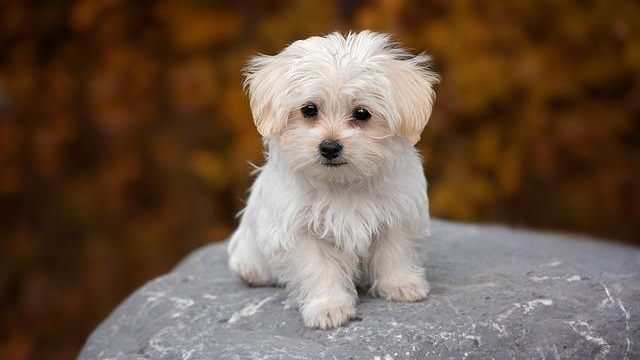
If you notice the warning signs that flag the need to go, allow your pup to exit their crate and direct them towards a safe and adequate space for toileting. The idea is to positively reinforce doing the right thing in the right place, at the right time! Once they finish their business, you can praise your pup, give them some cuddles or use some treats as a reward.
If they cannot go outdoors, having an indoor space specific for this occasion or a garden area they can use can be quite helpful. For those with no garden, puppy pads are often the easiest indoor solution. You can place them where you wish and they are practical to clean.
Whenever they signal the need to go, direct them to the pads and reward them after being successful at their job! The quicker they realize where to go, the less cleaning you’ll have to do!
Keep calm when they get it wrong
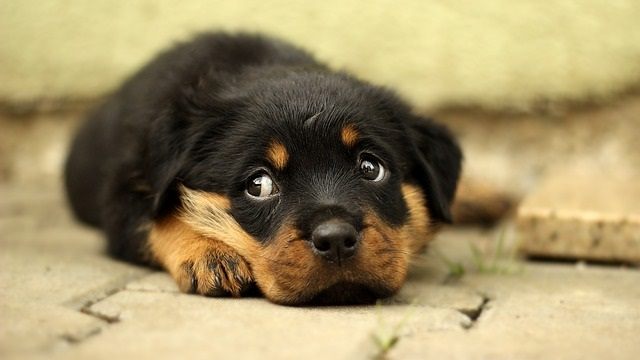
Still, sometimes they won’t get it right. When that happens, it is important for you to remain calm and avoid shouting or reprehending your puppy. It is very likely that your pup won’t understand what is happening, causing them to become anxious or frightened in future. Also, it won’t avoid further mistakes from happening again.
As puppies grow, this training can resume outdoors, keeping the same reasoning. Find a safe space to take them toileting, allow them to sniff around, incentivize and reward them for doing the right thing.
The importance of a routine and healthy diet
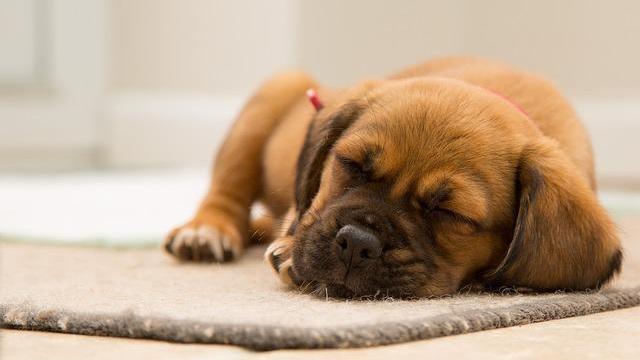
Remember that training means sticking to a routine and being consistent. Keeping schedules on feeding and walks on the outside is essential to reinforce these toileting habits.
You should aim to set a routine for your puppy’s day, covering meals and frequent walks outdoors. Remember to take them for a walk when you wake up, in the middle of the morning, after a meal, in the evening, after a long nap, and lastly at night, before you all go to rest.
Providing a high-quality diet is important for a healthy puppy growth, but it can also influence the number of times they need to go for poo and stool consistency. Making sure the diet is adequate for puppies will help to keep their routine on track. If notice anything abnormal in their stools, it might be best to check what is happening with Maven’s vet team or your local vet.
And so we’ve reached the end of our guide on how to potty train a puppy – that’s all there is to it! Be patient, keep schedules, be consistent, and remember that talking to your vet throughout this process can help you to understand if you’re on the right path.
Maven is all about proactive pet care. Be your best friend’s best friend by giving them 24/7, high-quality, industry-leading vet care to improve their mental health, physical health and more. No more frantic googling or unneeded stressful visits to the vet – Maven helps you save hundreds while also ensuring your pet lives the best life possible. Get your kit now!


